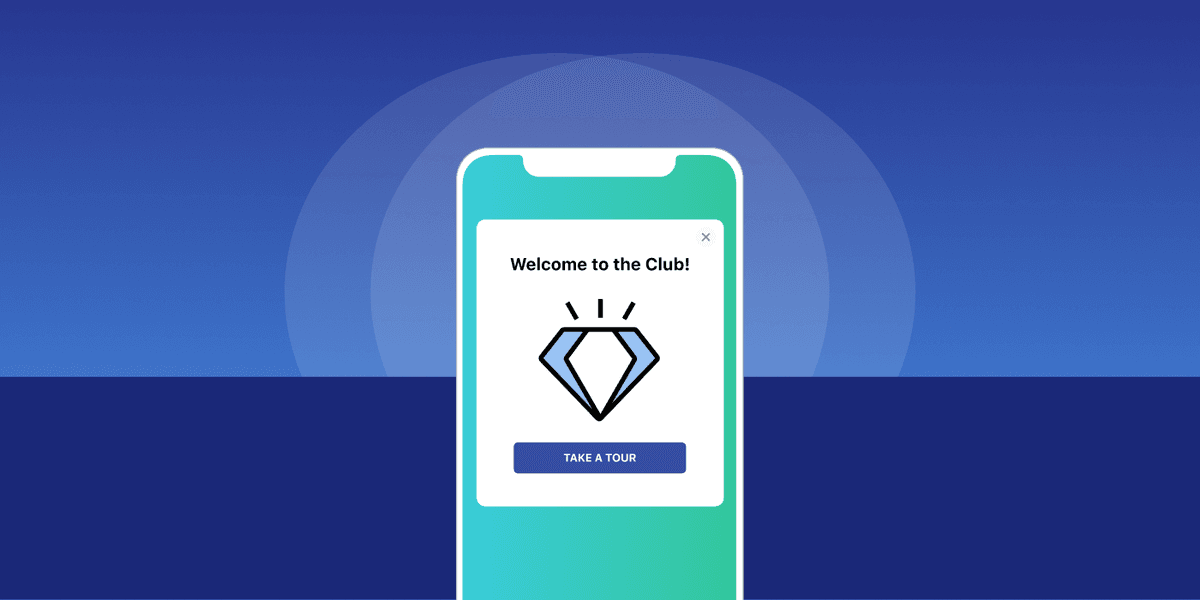Talking Acquisition Strategies, Tools, and Best Practices with Delivery Hero
Published on August 18, 2020/Last edited on August 18, 2020/8 min read


Tiffany Duncan
Marketing Department Coordinator, BrazeLifecycle marketing ensures that you are nurturing your audience as they engage with your product or platform. As an individual in your audience goes from prospect to customer to champion of your brand, your team must adapt their marketing strategies depending on where that individual currently is along their lifecycle. The end goal of establishing strong relationships with your audience? A loyal customer base that will advocate your brand’s worth.
The topic of acquisition strategies and how brands can make the most of them was the focus of discussion during a recent Braze Bonfire Book club meeting. Matt Dyson, Head CRM Tech at Delivery Hero, co-led this discussion with Will Crocker, Braze VP of Customer and Partner Marketing. Here are a few key takeaways from that conversation:
1. Make Sure Your Campaigns Fit the Customer Lifecycle
In order to turn new users into engaged and loyal customers, you need to ensure that they are properly educated and nurtured from the moment that they first interact with your brand. Some key customer lifecycle campaigns include:
- Awareness campaigns: These are for your top-of-the-funnel (TOFU) audience, those who may be aware of your brand but need to be educated on the value of your brand
- Consideration campaigns: These are for your middle-of-the-funnel (MOFU) audience, those who have expressed interest in purchasing from your brand but need further educating on how your brand is different from competitors in your ecosystem
- Satisfaction campaigns: These are for your bottom-of-the-funnel (BOFU) audience, those who are on the brink of buying or who are already buyers
- Retention campaigns: These are designed to ensure that your buyers continue to buy your products or renew your services
(Want to dig deeper into the different kinds of lifecycle campaigns and how they can improve your customer engagement outcomes? Check out our Lifecycle Campaign guide.)
2. Pay Attention to KPIs and Best Practices For Acquisition
To understand how your customer engagement efforts are performing, you need metrics—and the same holds true for the acquisition part of the equation. Two key metrics for acquisition? Customer Acquisition Cost (CAC) and Customer Lifetime Value (CLV). Your CAC includes all the digital and non-digital efforts carried out to gain a new customer. A widely accepted formula for CAC is (Marketing Expenses + Sales Expenses) / # of New Customers Acquired. CLV, on the other hand, predicts a customer’s long-term value, in terms of total revenue, over their entire history with your brand. Knowing your CLV allows your organization to see how profitable your campaigns are. This in turn helps you segment your audience for future campaigns and better understand how to market to these different groups. When comparing CAC to CLV, the ratio between these two metrics determines how much you should be spending to acquire a new customer.
CLV is often compared to other key metrics used to measure business success, such as Cost Per Acquisition (CPA). When analyzing the CPA benchmarks of your organization compared to your industry, it is useful to compare your benchmarks to your CLV to determine if your CPA is too high. There are many metrics and benchmarks out there to utilize for acquisition and re-acquisition campaigns. Which ones your team needs to utilize and how much you are willing to spend will depend on your industry and business function.
On the best practices front, it’s important to think about how to serve up post-acquisition experiences that deepen engagement and loyalty. For example, you’ll likely want to assess whether it’s valuable to market differently to those that you have acquired through paid channels. Similarly, a person that recently made a purchase shouldn’t be served ads or sent messages promoting those same items, because it makes for a bad experience. Another way to market separately to users you are trying to move down the funnel is by using an in-browser message to nudge users who frequently visit your web page to check out your mobile app.
3. Explore Multiple Ways to Drive Acquisition
At Delivery Hero, paid channels are used to drive acquisition in two key ways: First, to reach people that are new to their platform to get them to engage for the first time; and, second, to retarget users who have not converted into loyal customers. These campaigns utilize segmentation to further drive acquisition success. Their retargeting campaigns specifically segment users by their location in the marketing funnel as well as how recently each user has engaged before being further segmented by physical location and other factors.
Not all paid channels (e.g. paid search, display ads, social ads, PPC, retargeting, etc.) deliver the same results and benefits. Most companies find that a mix of paid channels works best for them, depending on their business model and industry. For example, if you are a direct-to-consumer (DTC) brand, audio advertising may be of increased interest to you. Marketers should experiment and test hypotheses regarding which channels may work best for their business goals in order to optimize their overall acquisition efforts.
A referral program is another tactic that can be used effectively to increase customer acquisition rates. B2B marketers traditionally find that referrals produce higher quality leads. Customers acquired by referral have also been found to have higher lifetime values—one study found their lifetime values were 16% higher. That said, brands have to be careful to ensure that their referral programs aren’t being exploited by unscrupulous individuals. One anti-fraud measure taken by Braze customers to ensure the integrity of their referral programs has been to use Connected Content calls to set up a promo code generation API that then generates single-use codes in order to make it harder to reverse engineer how the promo codes work.
Other smart ways to increase customer acquisition include:
- Investing in strong SEO: Paying attention to your Search Engine Optimization (SEO) makes it easier for relevant prospects to find you organically on the web. Your web and blog page titles, descriptions, alt texts, and URLs are just a few of the many factors that go into having higher rankings on search engine results.
- Being active on relevant social networks: Social media has surpassed 3.8 billion users. If your team is strategic about which social networks you use to drive acquisition and what content you share and promote, social media can be a great way to acquire new users, especially if you are a mature brand who finds it harder to organically acquire new users.
- Utilizing content marketing: Content can be diversified by having a normal blog posting cadence, creating eBooks and guides relevant to your audience, and crafting educational videos and infographics. Customer stories are a great starting point for acquisition content. Who better to represent and champion your brand than your very own, very happy customers.
4. Remember That Retention and Acquisition Go Hand in Hand
Your retention and acquisition efforts are both important, but to get the full value of both, it’s important to make sure they’re not taking place in silos. It is not enough to simply get a new customer, you want to ensure that you retain them and help evolve them into loyal advocates for your brand. One effective way to boost your odds of success is by collaborating with your retention lead or team. When discussing customer retention, Crocker noted one use case that requires cross-team collaboration between retention and acquisition that is key to keeping the customers that you acquire—onboarding new customers. Crocker pointed out that this collaboration can be done by connecting “ad sources to your retention strategy to offer more customized onboarding experiences… Some of our [Braze] customers do that by connecting ad attribution partners like Adjust, Appsflyer, Branch, etc. to Braze. Then they [Braze customers] can alter the messaging experience based upon the ad source when they come into the app/website.”
One study done in early 2020 showed that 8 in 10 respondents said that they have deleted an app because they did not know how to use it. In that same study, more than half of the respondents reported that they have returned a product because they did not know how to use it. Failing to invest in effective customer onboarding can lead to your acquisition efforts, and the money behind them, being wasted.
Ready to Nurture Your Customers Throughout Their Lifecycle?
There are many benefits to basing your marketing strategies around the unique lifecycle of each of your customers. Once you acquire a new customer, your job is nowhere near over—your customer must now be onboarded and nurtured to ensure that they remain a customer and, optimally, continue to buy from you. Dive into what customer acquisition looks like today, how to ensure customer retention, and how to mold your customers into loyal advocates with the Braze Humanity in Action eBook.
Related Tags
Be Absolutely Engaging.™
Sign up for regular updates from Braze.
Related Content
View the Blog
The new inbox reality: How iOS changes are reshaping email marketing

Aparna Prasad

Experience optimization: Turning data insights into better journeys

Team Braze

December 2025 Bonfire Marketer of the Month: Jagex’s Emma Oliver
